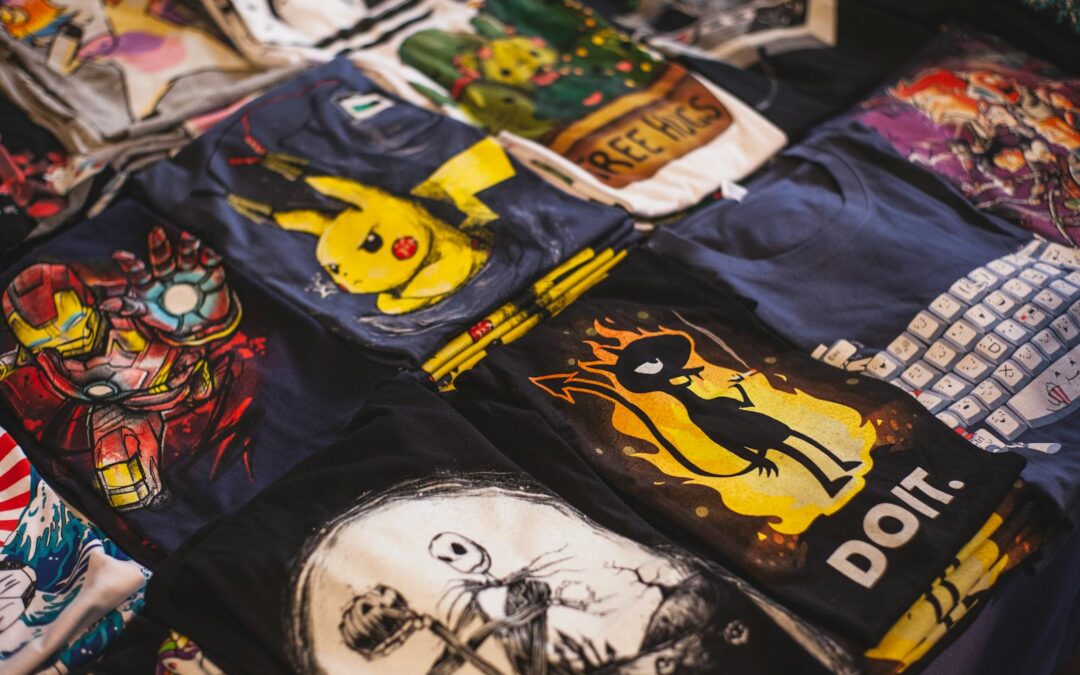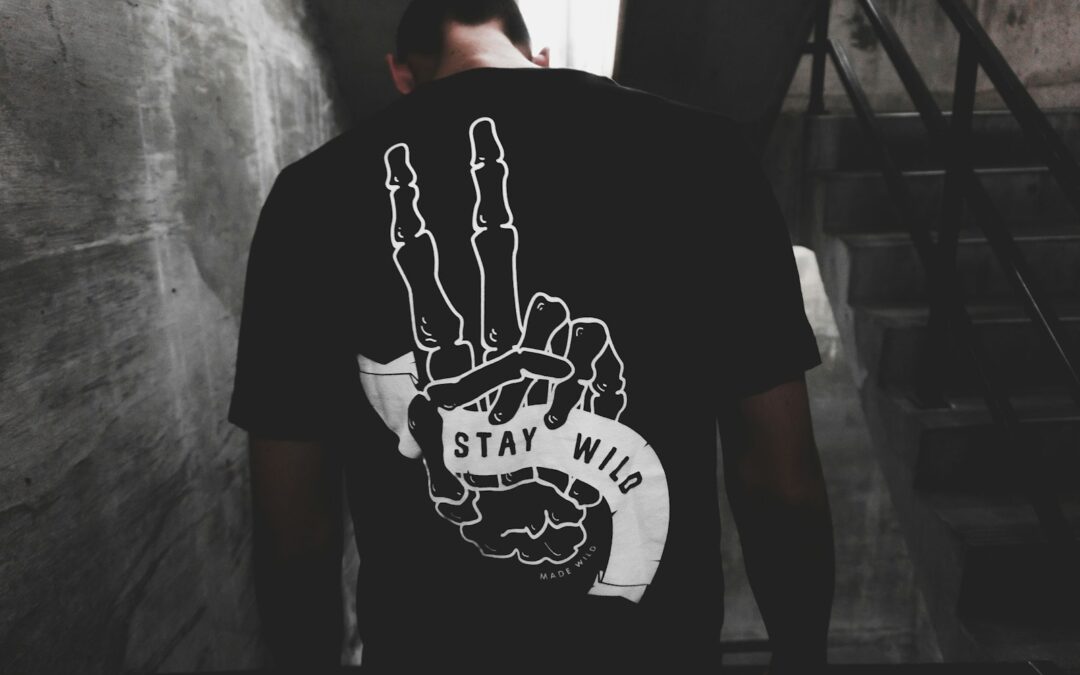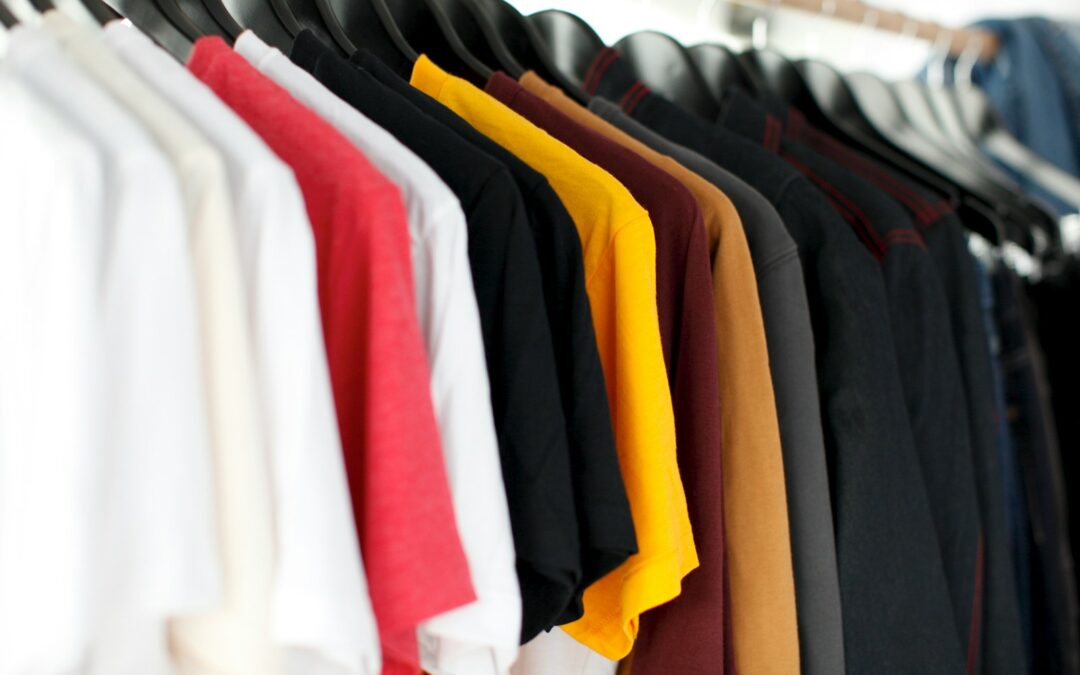When it comes to creating vibrant, long-lasting designs for your DIY projects, the method you choose can make all the difference. If you’re torn between printable vinyl and DTF transfers, you’re not alone.
Both techniques offer unique benefits and cater to a range of creative needs. Whether you’re making custom stickers, car decals, or personalized shirts, understanding the pros and cons of each method will help you decide which is best suited for your project.
This guide breaks down everything you need to know about printable vinyl and DTF transfers, with practical tips, real-life project ideas, and insights to maximize your creative potential.

What Are Printable Vinyl and DTF Transfers?
Before we dig into the comparisons, let’s quickly define each method.
- Printable Vinyl, often referred to as inkjet printable vinyl, is a versatile material designed for creating stickers, decals, labels, and more. It works with inkjet printers and cutting machines, making it perfect for small-scale, customized designs. Popular for its ease of use, printable vinyl sheets often come with permanent adhesive for durable sticking on smooth surfaces like glass, metal, and laptops.
- DTF Transfers (Direct-to-Film transfers) involve printing designs onto a special film that is then heat-pressed onto fabric. Known for their vibrant colors and long-term durability, DTF transfers are often used for custom apparel and other textile-based projects.
Both methods are popular among DIY enthusiasts, but how do they stack up against each other? Let’s find out.

Everything You Need to Know About Printable Vinyl
What Is Inkjet Printable Vinyl?
Printable vinyl is a material that’s compatible with inkjet printers and designed to print custom designs directly onto a matte white or clear sheet.
Unlike sticker paper, which is primarily designed for indoor use and is less durable, printable vinyl offers greater versatility and durability for various applications. Once printed, the vinyl can be cut to the desired shape using scissors or a cutting machine like Cricut.
Key Features of Printable Vinyl: Cutting Machine Compatibility
- Affordable and Accessible: Great for beginners and hobbyists due to low upfront costs.
- Compatible with Everyday Devices: Works seamlessly with inkjet printers and common software.
- Versatile Applications: Use it to create water bottle decals, laptop stickers, car decals, and labels.
- Indoor Use Recommended: While some vinyl can withstand light weather exposure, it’s best suited for indoor projects unless laminated.
Designing and Printing with Printable Vinyl
Designing and printing with printable vinyl can be a fun and creative process. Here are some tips to help you get started:
- Use a High-Quality Inkjet Printer: To ensure vibrant and detailed prints, it’s crucial to use a high-quality inkjet printer. This will help your designs stand out and look professional.
- Choose the Right Printable Vinyl Sheet: Consider factors such as surface finish, adhesive strength, and durability when selecting your printable vinyl sheet. This will ensure your stickers or labels adhere well and last longer.
- Design Your Sticker or Label: Use design software like Adobe Illustrator or Canva to create your designs. Make sure to consider the size and shape of your printable vinyl sheet to optimize your layout.
- Print Your Design: Follow the manufacturer’s instructions for temperature and pressure settings when printing your design onto the printable vinyl sheet. This will help achieve the best print quality.
- Cut Out Your Sticker or Label: Use a cutting machine or scissors to cut out your design. Leave a small margin around the edges to ensure a clean and professional look.
By following these steps, you can create custom stickers and labels that are both beautiful and durable.
Popular DIY Ideas with Printable Vinyl: Car Decals
- Custom Labels for jars, packaging, or business branding.
- Personalized Decals for laptops, mugs, and tumblers. These decals stick well to surfaces like laptops, mugs, and tumblers, making them ideal for personalized gifts.
- Wall Stickers to add a creative touch to home or office spaces.
Printable Vinyl Pros and Cons
Pros
- Simple to use with household tools and equipment.
- Ideal for smooth surfaces like plastic, metal, and glass.
- Available in various finishes, including glossy, matte, and clear.
Cons
- Not as durable as other methods for rough use.
- Requires lamination for extra protection against water or wear.

Diving Into DTF Transfers
What Are DTF Transfers?
Direct-to-Film transfers use specialized printers and heat presses to apply designs onto fabric. The process includes printed designs on a PET film, which is coated with powdered adhesive before heat pressing it onto the fabric.
Benefits of DTF Transfers
- Durability: Withstand machine washes, extending the product’s lifespan.
- Vibrant, High-Resolution Prints: Achieve accurate colors and intricate designs.
- Versatility: Works on a wide range of materials like cotton, polyester blends, nylon, and denim.
- Low Setup Cost for Bulk Projects: Great for small businesses or high-volume printing.
Practical Applications with DTF Transfers
- Custom T-Shirts for events, businesses, or personal style.
- Sports Jerseys and Uniforms requiring high-quality prints.
- Personalized Tote Bags and Caps for gifts or promotional use.
DTF Transfers Pros and Cons
Pros
- Excellent for garments with dark or complex designs.
- Easy to apply and accommodates bulk use efficiently.
- Compatible with different textiles, ensuring high-quality results.
Cons
- Requires specific tools like printers and heat presses.
- Less accessible for beginners due to the learning curve.
Printable Vinyl vs. DTF Transfers: A Detailed Comparison
|
Feature |
Printable Vinyl |
DTF Transfers |
|---|---|---|
|
Cost |
Low initial cost |
Higher upfront costs for specialized tools |
|
Ease of Use |
Beginner-friendly, works with household tools |
Requires advanced skills and equipment |
|
Durability |
Moderate, best for indoor use |
High, lasts through multiple washes |
|
Print Quality |
Great for simple designs |
Stunning, vibrant colors for detailed designs |
|
Best For |
Stickers, small decals, and personal crafts |
Custom apparel and other fabric-based items |

Choosing the Right Material for Your DIY Project
When it comes to choosing the right material for your DIY project, there are several factors to consider. Here are some tips to help you make the right choice:
- Consider the Surface: Printable vinyl works best on smooth surfaces such as glass, metal, and plastic. If you’re working with rough surfaces like wood or fabric, additional preparation may be needed to ensure proper adhesion.
- Think About Durability: For projects like car decals or outdoor signs, choose a printable vinyl with strong adhesive and UV-resistant ink. This will help your designs withstand the elements and last longer.
- Choose the Right Finish: Matte white printable vinyl is a popular choice for indoor use, offering a clean and professional look. For a touch of glamour, consider glossy or holographic finishes.
- Check Thickness and Weight: Thicker printable vinyl sheets are more durable but may be harder to cut and apply. Balance durability with ease of use based on your project’s needs.
By considering these factors, you can select the best printable vinyl for your specific DIY project, ensuring great results every time.

Tips and Tricks for Working with Printable Vinyl and DTF Transfers
Here are some tips and tricks for working with printable vinyl and DTF transfers:
- Use a Cutting Machine: A cutting machine can help you cut out intricate designs and shapes, or multiple stickers at once, saving time and ensuring precision.
- Apply Pressure When Cutting: Apply a small amount of pressure to the printable vinyl sheet as you cut it to prevent curling or lifting, ensuring clean cuts.
- Use a Squeegee or Credit Card: When applying the printable vinyl sheet to your surface, use a squeegee or credit card to apply even pressure. This helps prevent air bubbles or wrinkles, resulting in a smooth finish.
- Experiment with Different Sheets and Finishes: Try different printable vinyl sheets and finishes to achieve unique and eye-catching effects. This can add a personal touch to your projects.
- Consider Laminating: For extra protection, especially for outdoor signs or car decals, consider using a laminator. This adds a layer of protection to your printed designs, making them more durable.
- By following these tips and tricks, you can enhance your DIY projects and achieve professional-quality results with both printable vinyl and DTF transfers.
Case Studies and Project Ideas
Using Printable Vinyl
- Project: A small business owner creates custom labels using inkjet printable vinyl for their soap packaging. The printable vinyl sticks well to smooth surfaces and adds a professional touch to their products at minimal cost.
- Project: A fitness enthusiast creates custom decals for their water bottles using printable vinyl, adding a personal touch to their hydration gear.
- Pro Tip: Add a clear laminate sheet over the design to protect it from scratches and moisture.
Using DTF Transfers
- Project: A sports club designs custom team jerseys using DTF transfers. The prints are durable, withstand frequent washing, and look vibrant on the dark fabric of their uniforms.
- Pro Tip: Use a heat press for consistent application on large orders.

Why Limitless Transfers?
If DTF transfers sound like the solution for you, look no further than Limitless Transfers. They offer premium hot peel DTF transfers designed for ease of use and professional results.
With no setup fees, fast turnaround, and compatibility with a wide range of fabrics, Limitless Transfers is perfect for both hobbyists and small businesses. Here’s why they’re a top choice:
- Award-Winning Quality: Recognized as the 2024 DTF Printing 1st Place Award Winner for Quality.
- Low Minimums: Perfect for beginners or advanced makers.
- Versatile Applications: Works on materials like canvas, neoprene, denim, and more.
Explore their gang sheet builder or upload your artwork to get started. Plus, enjoy free UPS ground shipping on transfer orders over $50!

Unlock Your Creativity with Printable Vinyl and DTF Transfers
Printable vinyl and DTF transfers are both game-changers for DIY enthusiasts. Each offers unique advantages that cater to different project types. Whether you’re designing trendy decals or launching your fashion line, these methods ensure professional-quality results with a dose of personal flair.
Why stop at reading? Start creating today with Limitless Transfers and take your projects to the next level. Explore their services and secure everything you need to bring your designs to life.
Get Started with Limitless Transfers Now
Resources for Printable Vinyl and DTF Transfers
To help you master your creative projects, here are some valuable resources for working with printable vinyl and DTF transfers.
- Beginner’s Guide to Printable Vinyl: Learn the basics and how to achieve the best results with printable vinyl.
- Guide to Designing for DTF Transfers: Tips and tricks to create stunning designs specifically optimized for DTF transfers.
- Choosing the Right Heat Press: Find out how to select the best heat press for your transfer projects.
- Printable Vinyl Inspiration Gallery: Explore creative project ideas and find inspiration for your next masterpiece.
- DTF Transfers FAQs: Get answers to common questions about DTF transfers and their applications.
- Troubleshooting Printable Vinyl Issues: Discover solutions to common problems when working with printable vinyl projects.
- Advanced Techniques for DTF Transfers: Take your DTF transfer skills to the next level with these expert tips.
- Maintenance Tips for Heat Press Machines: Keep your heat press in optimal condition with these maintenance guidelines.
- Printable Vinyl vs. DTF Transfers Comparison: Understand the key differences between printable vinyl and DTF transfers to make informed choices for your projects.
These resources are perfect for beginners and pros alike, giving you the tools and knowledge to elevate your projects.




